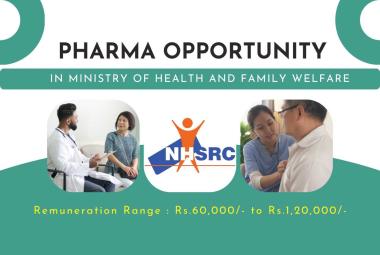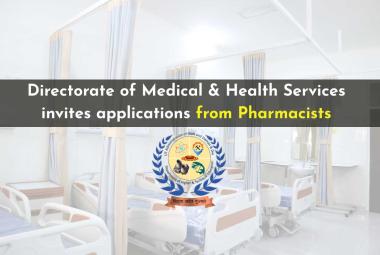The number of pregnant women and children in sub-Saharan Africa sleeping under insecticide-treated bed nets and benefiting from preventive medicine for malaria has increased significantly in recent years, according to the World Health Organization’s World malaria report 2019.
However, accelerated efforts are needed to reduce infections and deaths in the hardest-hit countries, as progress stalls. Last year, malaria afflicted 228 million people and killed an estimated 405 000, mostly in sub-Saharan Africa.
Pregnancy reduces a woman’s immunity to malaria, making her more susceptible to infection and at greater risk of illness, severe anaemia and death. Maternal malaria also interferes with the growth of the fetus, increasing the risk of premature delivery and low birth weight – a leading cause of child mortality.
In 2018, an estimated 11 million pregnant women were infected with malaria in areas of moderate and high disease transmission in sub-Saharan Africa. As a result, nearly 900 000 children were born with a low birthweight.
Despite the encouraging signs seen in the use of preventive tools in pregnant women and children, there was no improvement in the global rate of malaria infections in the period 2014 to 2018.
Inadequate funding remains a major barrier to future progress. In 2018, total funding for malaria control and elimination reached an estimated US$ 2.7 billion, falling far short of the US$ 5 billion funding target of the global strategy.
Last year, WHO and the RBM Partnership to End Malaria launched “High burden to high impact” (HBHI), a targeted response aimed at reducing cases and deaths in countries hardest hit by malaria. The HBHI response is being led by 11 countries that accounted for about 70% of the world’s malaria burden in 2017. By November 2019, the HBHI approach had been initiated in nine of these countries. Two reported substantial reductions in malaria cases in 2018 over the previous year: India (2.6 million fewer cases) and Uganda (1.5 million fewer cases).
WHO recommends the use of effective vector control (insecticide-treated nets or indoor residual spraying) and preventive antimalarial medicines to protect pregnant women and children from malaria. Robust health services that provide expanded access to these and other proven malaria control tools – including prompt diagnostic testing and treatment – is key to meeting the goals of the Global technical strategy for malaria 2016-2030 (GTS).
Another recommended strategy – intermittent preventive treatment in infants (IPTi) – calls for delivering antimalarial medicines to very young children through a country’s immunization platform. The tool is currently being pioneered in Sierra Leone.







